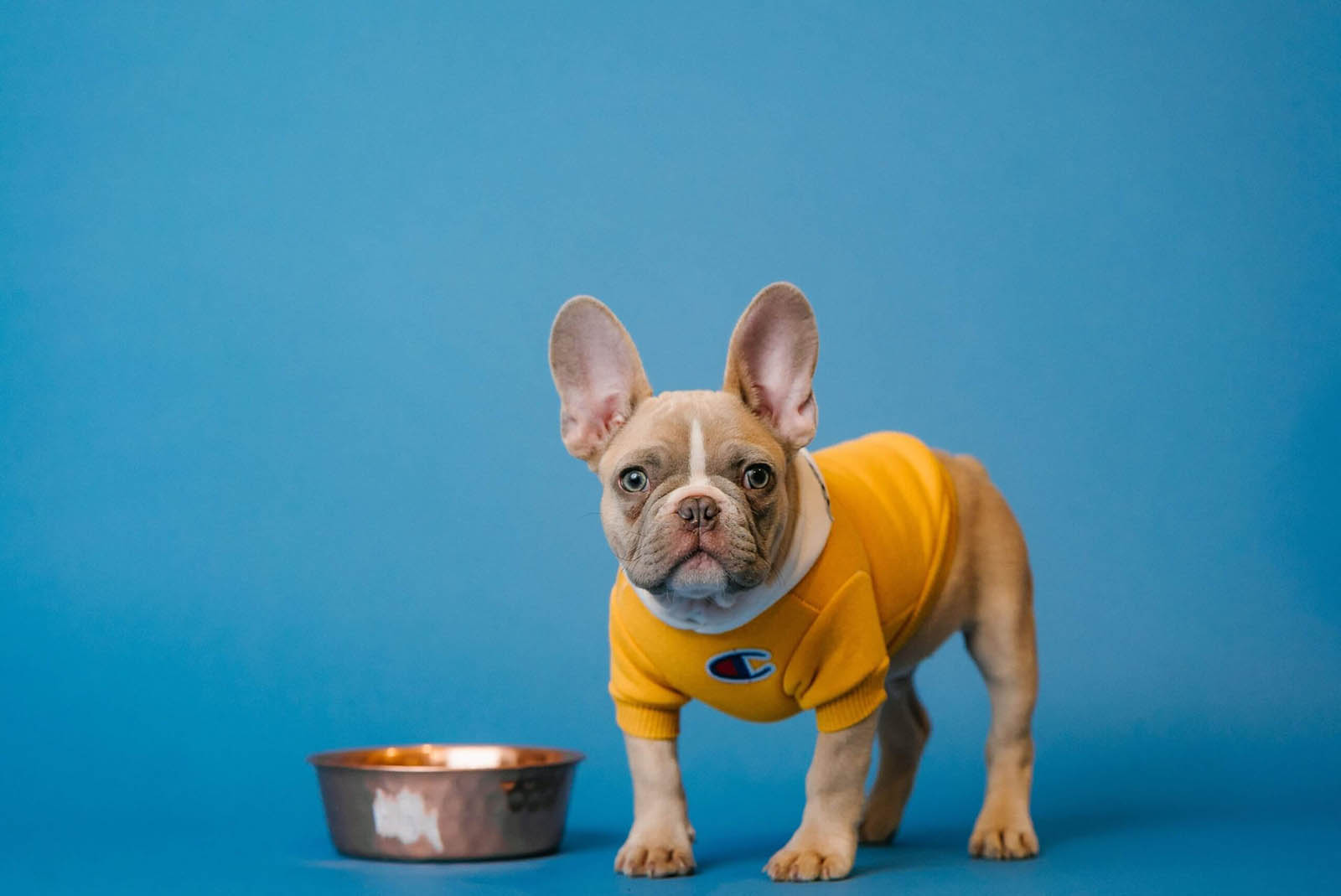AAFCO Committee Votes Against ‘Controlled Copper’ Claim for Dog Food

DogFoodAdvisor is reader supported See how
Dog Food Advisor is 100% impartial and is never paid to promote any brand. But if you buy using links on this page, we may earn a referral fee.
The Association of American Feed Control Officials (AAFCO) Pet Food Committee has decided not to implement a voluntary “Controlled Copper” claim for dog food. This decision comes after extensive research and discussions that began in February 2021, following an article in the Journal of the American Veterinary Medical Association (JAVMA) regarding AAFCO’s current nutritional guidelines for copper (Cu) in dog foods.
Research and Evaluation Process
AAFCO convened an expert panel to review veterinary literature and assess the feasibility of establishing a safe upper limit for copper in dog food. Despite extensive evaluations, the panel found insufficient data to set a definitive maximum tolerance. However, they proposed voluntary language for a “Controlled Copper” claim.
Subsequently, a Copper Claim Workgroup further reviewed the proposed language and additional guidelines, considering feedback from pet owners, veterinarians, and animal nutritionists.
Read More: Copper Sulfate in Dog Food — Is It Safe?
The Decision
On May 30, 2024, the Pet Food Committee reviewed all findings, notes, and feedback. Despite thorough consideration, the committee did not reach a consensus and voted against the proposed voluntary “Controlled Copper” claim language. AAFCO will continue monitoring new scientific research and may revisit this topic if future data supports another review.
Veterinary Concerns Over Copper in Dog Food
Veterinary scientists have expressed concerns about copper levels in dog food, noting a potential link to increasing liver disease in dogs over the past two decades. While dogs require copper in their diets, excessive amounts can be harmful, especially for copper-sensitive dogs.
Dr. Joseph Wakshlag, DVM, PhD, highlighted the issue: “The problem is not necessarily that there is too much copper in these foods, but the lack of a safe upper limit by AAFCO means there’s no control over the amount added by manufacturers. Often, diets may be sufficient without additional copper, but companies add more to avoid deficiencies, leading to potential issues for copper-sensitive dogs.”
Read More: What is Copper Storage Disease in Dogs?
Factors Contributing to Copper Overabundance
The use of ingredient premixes and consumer demand for animal products in dog food may contribute to higher copper levels. Trends favoring evolutionary, biologically-appropriate, whole-prey, and similar diets have led to increased use of organ meats, which are higher in copper.
Moving Forward
Despite the committee’s decision, AAFCO remains committed to monitoring the latest scientific literature on copper in dog food. Future research may prompt a reevaluation of copper guidelines to ensure the health and safety of all dogs.
Dog Food Advisor’s Opinion
Pressures from big pet food brands behind veterinary diets (currently the only commercially available foods with strict copper levels) could play a part. While we know that some vets are very outspoken on the topic, and would like to see a legal max in place, choosing where that legal max should sit is also difficult to decide.
There’s also the question of other nutrients and minerals — should these be more carefully controlled? Should a senior diet, for instance, have a protein limit, or stricter maximum mineral levels? There can always be more research and tighter guidelines but this also limits the high meat, high protein diets we rate highly.
Stay Updated
For the latest news on pet food safety, dog food recalls, expert advice, feeding tips, and exclusive dog food discounts, sign up for our recall alerts.
Final word
The Dog Food Advisor does not accept money, gifts, samples or other incentives in exchange for special consideration in preparing our reviews.
However, we do receive a referral fee from online retailers (like Chewy or Amazon) and from sellers of perishable pet food when readers click over to their websites from ours. This helps cover the cost of operation of our free blog. Thanks for your support.
For more information, please visit our Disclaimer and Disclosure page.



